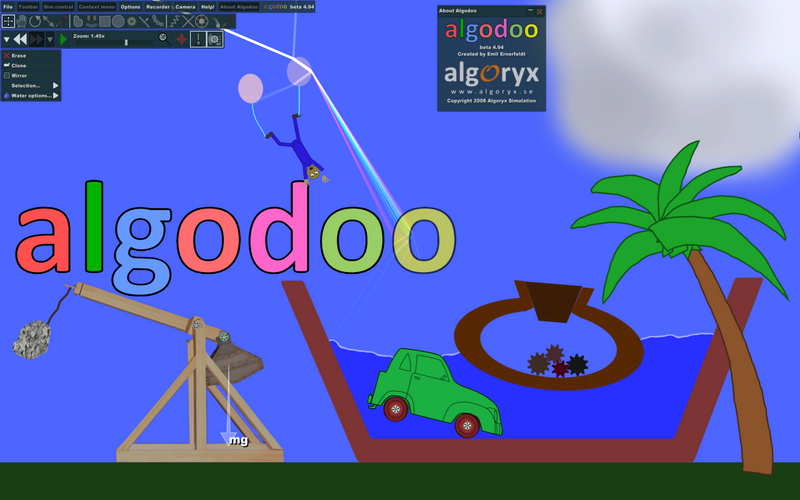



Such scaffolding requires that the person guiding student work with the IWBs possesses technological, pedagogical, and content knowledge.ĪBSTRACT: Increasingly teachers are expected to integrate ICTs into their teaching practice. However, we found that appropriate scaffolding by the researcher was very important as it allowed the students to avoid pitfalls of technology use. Students engaged in collaborative sense-making, discovering patterns, setting and testing hypotheses with little intervention by the researcher who was present in class during small group activities. We have found that students are well adapted to a shift from classical board-like use of the IWB that is predominant in a high school setting to touchscreen-like use, where kinesthetic engagement and creative graphical input play a central role. The topic of the lessons was Kepler's laws. Our study used activity theory as a descriptive framework for analysis. In a qualitative study, we investigated how students interacted with an IWB during a lesson that was designed based on the principles of guided-inquiry and kinesthetic engagement of learners. In order to get the most out of the relatively expensive investment in IWBs, much of the attention has to be given to the student active engagement during the lessons. Researchers on the topic of Interactive Whiteboard (IWB) use in education stress that while important, teachers’ mastering of the technological and interactive aspects of the IWB is not enough for its productive use. Furthermore, we found that the teacher's confidence in the mastery of the IWB plays a crucial role in the teacher's willingness to transfer agency within the lesson to the students. We found that an entrenched culture of traditional white/blackboard use in physics instruction interferes with more technologically innovative and more student-centered instructional approaches that leverage the IWB's unique instructional potential. To interpret the data, we used the conceptual framework of activity theory. We used an ethnographic approach to account for the teacher's and involved students' perspectives throughout the process of teacher preparation, lesson planning, and the implementation of the lesson.

We describe how a high school physics teacher learned to use an IWB in a new way, how she planned and implemented a lesson on the topic of orbital motion of planets, and what tensions arose in the process. This is particularly noticeable in high school physics. However, the unique possibilities of IWBs are rarely lever-aged to enhance teaching and learning beyond the primary school level. The IWB is essentially a large touch screen, that enables the user to interact with digital content in ways that are not possible with an ordinary computer-projector-canvas setup. In recent decades, the interactive whiteboard (IWB) has become a relatively common educational tool in Western schools. By spontaneously recruiting and combining a diverse set of meaning-making resources, the students were able to express relatively fluently complex ideas on a novel physics topic, and to engage in practices that resemble a scientific approach to exploration of new phenomena. They juxtaposed talk with gestures and resources in the environment to communicate ideas that they initially were not able to express using words alone. Using multimodal discourse analysis, we found that in their discussions the students relied heavily on nonverbal meaning-making resources, most notably hand gestures and resources in the surrounding environment (items displayed on the interactive whiteboard). We studied small groups of high school students interacting around and with an interactive whiteboard equipped with Algodoo software, as they investigated orbital motion. In this paper, we investigate some of the ways in which students, when given the opportunity and an appropriate learning environment, spontaneously engage in collaborative inquiry.


 0 kommentar(er)
0 kommentar(er)
